Ealing Cricket Club - Good turf requires labour
The Head Groundsman at Ealing Cricket Club has two jobs - he is also a doctorate-educated, elected Councillor for the Walpole ward. Jake Barrow meets Gareth Shaw, whose wife laughed at him when he said he was going to become a groundsman - he didn't get her vote!
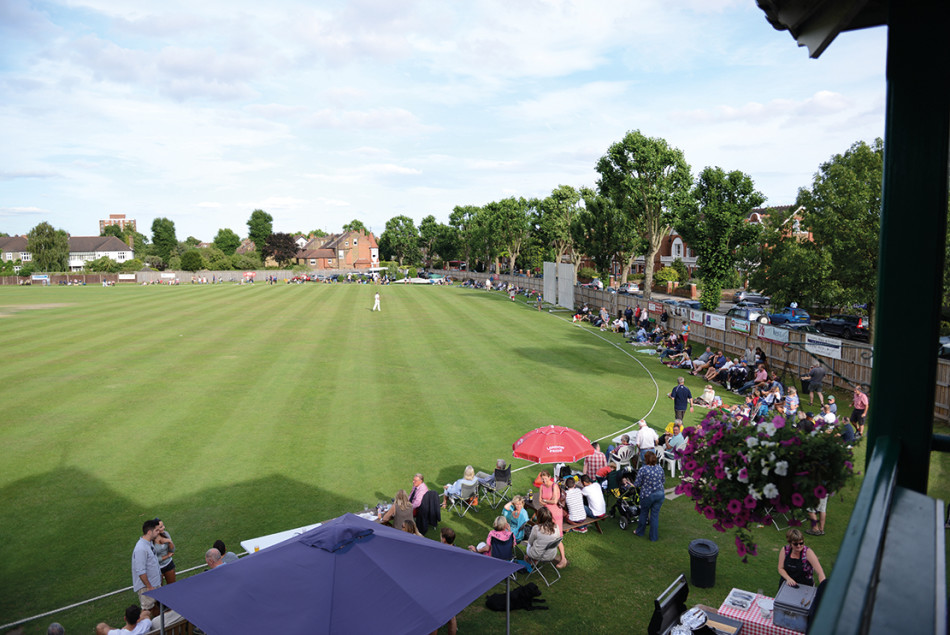
Cllr (Lab) Gareth Shaw, 40, said: "Ending up in both jobs was a logical result of my background. I grew up very close to the cricket club at which I played in my hometown, Hull. When I was fourteen or fifteen, and breaking into the 1st XI, the volunteer groundsman, Dave Craker, asked if he could give me a shout for help if I was ever heading past."
"And the politics happened because I've always had an interest in it. I think there is a dissonance between the two interests, but this one worked because I have an academic background - it's a PhD in History, which suits the politics."
"I took this job because I was going to move to London anyway to live with my now-wife, a native Australian who was already living and working here."
"I needed something to do, as I didn't know anyone in London and naturally wanted to work. I saw the advert for this job, and prepared to tell her."
"I had been doing this voluntarily for so long, I thought I may as well turn it into real work. I told her about the advert, saying 'I might work as a groundsman over the summer. What do you think?' And she laughed at me."
"'At least you'll be bringing money in', she replied."
The seasonal nature of the work suited him early on. It allowed him to work in Parliament during the winter months, where he worked for the MP for the City of Durham, and fellow Doctor of Philosophy, Roberta Blackman-Woods.
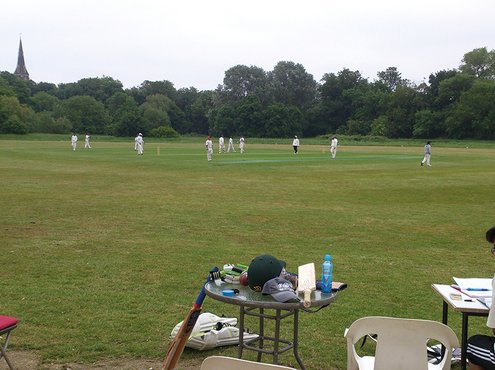
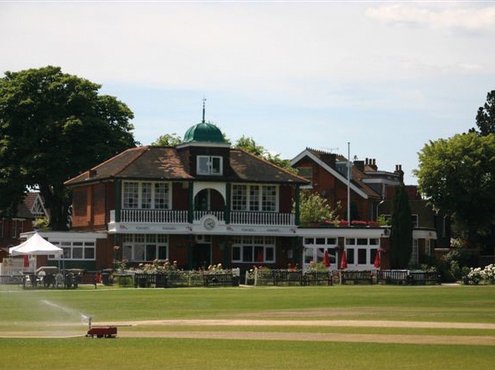
This was as a Research Assistant, which entailed a balance between research and completing chores (think Chris Addison in 'The Thick of It').
Talking to him in the expansive pavilion, I couldn't help thinking about the price the building might fetch if the cricket club decided to sell on instead of playing on membership fees.
He told me that the value was probably into the tens of millions, and the houses in the surrounding area can often sell for upwards of £3 million.
However, the club was founded on a 'covenant', typically honour-driven as cricket traditionally was. It is written into the club like a sovereign state's constitution, requesting that all future administrators ensure the ground will only ever be used for cricket.
On top of this, the club is open 365 days per year for commercial and social purposes. Also, as the area is so populated, those on nearby streets use the club's bar as their local drinking venue.
The pitch is rented out, whenever free, for corporate matches and event. The function room adjoining the bar area is rented out too, and sees frequent use. These factors combined result in a cashflow sufficient to continue the club's viability as a business.
Gareth said: "As a club, we're run very commercially. The cricket is central, but the committee and trustees we have here are business people."
"Our Chairman Gareth only retired recently, and the rest have largely been involved in commerce. That's a necessity, due to the expense and value of the place."
Oliver Wilkin is a former professional cricketer and Gareth's Deputy Head. When asked his age, he replied, "I'm 25… I think." Gareth and Ollie are the only groundspersons.
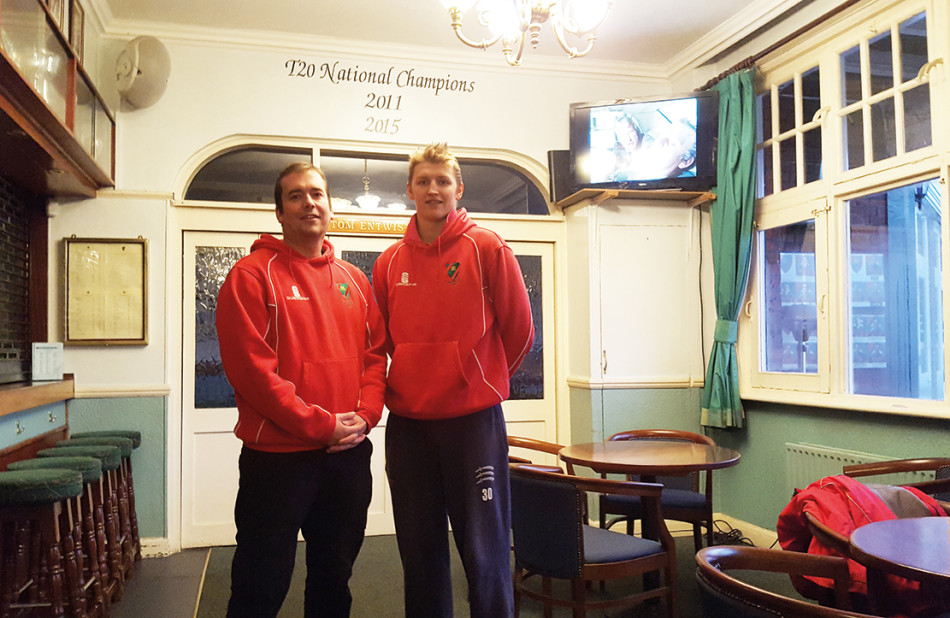
Gareth Shaw (left) with Oliver Wilkin
Whilst Gareth has been at the club since February 2006, Ollie has just completed his first year of full-time work, having seasonally helped for the previous two.
Ollie has played for Ealing since he was seven years old. He played for Middlesex County Cricket Club for around three years, before suffering a career-ending shoulder injury.
Not wanting to abandon the sport entirely, he continued to play for his hometown club, whilst switching his emphasis from pace bowling to opening the batting, to prevent further damage.
Finishing his final summer out of the professional game, it suddenly struck him that he would need to find new work, and Gareth had fortunately just realised he was to need additional help soon.
This was because the club have worked, in the last few years, to acquire another two sites. One of these is a multi-sport venue, one is listed as a different cricket club, 'Ealing Hanwellians CC', and the two men will likely continue to maintain all three.
The multi-sport area at Popesfield Sports Ground, also in Ealing, was renovated as a joint project with Ealing Borough Council. It was derelict, having been out of use for nearly thirty years.
The council invested significantly, and Ealing CC won an open bid to partner up with them and invest heavily too, their reward being a thirty year lease on the ground.
Since then, other investors have become involved, including: London Marathon Charitable Trust, ECB, John Lyon's Charity, Sport England (Lottery Funded). Overall spend has been over £500,000.
Ealing began to use the facility during the middle of the 2017 summer season, and have leased it to semi-professional Hanwell Town FC over the winter.
This, of course, affects Gareth and Ollie directly. "Whereas we were just a cricket club," Gareth said, "we now had winter sports too, so we are much busier all year round, instead of just seasonally."
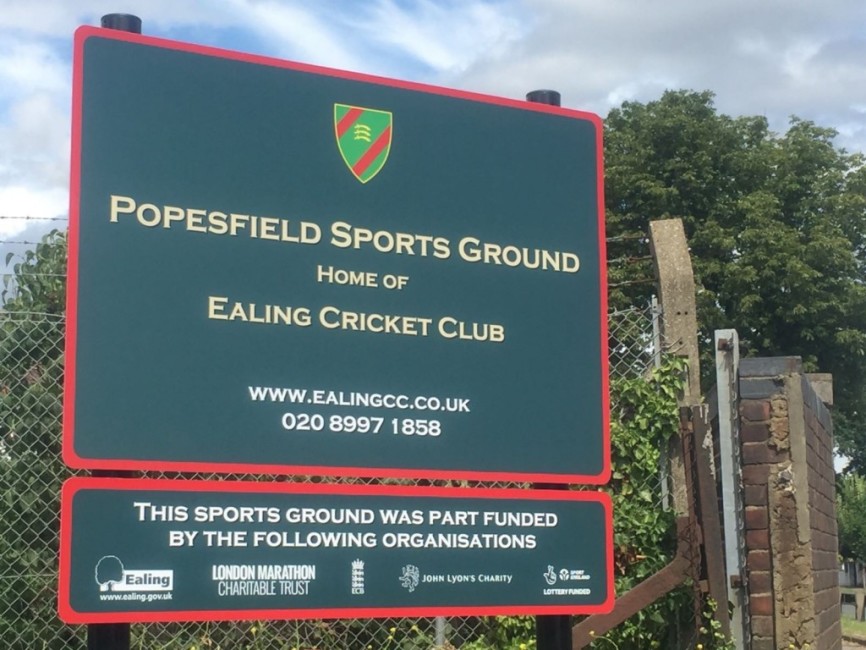
"It was the first time I'd ever marked out a football pitch, so we looked into it and had to just go for it."
Now their responsibilities are increasing, it is time they consider additional training. Gareth has Levels 1 and 2, and considers himself to have the Level 3 standards, but hasn't yet found a venue from which to "collect the certificate that proves it."
Ollie added: "I haven't done any of that yet, but the club has mentioned that to me at points during the last six months or so."
"I've spoken to Gareth about it too, and would like to. It's about when they run and when it's feasible in terms of time."
This take-up of new venues has led to a year of tighter budgets for the core club, as around £100 000 has been invested in the Popesfield Sports Ground project.
Gareth mentioned that, if the circumstances arose for the club to spend a lot in one financial year, they would focus on what he calls "the criticism almost every groundsman in our country has aimed at them: that it's slow and low."
He said: "Firstly, of course, we're in this country, obviously. That means we have weather which causes those conditions."
"And secondly, this square has now hosted cricket for over 100 years, and it has never been relaid. That presents its own challenges; we keep talking about relaying it."
"We've drawn up several planning options for achieving that. Most of these have been put together with the help of advisors, who have tried to help us find clever ways to reduce the cost."
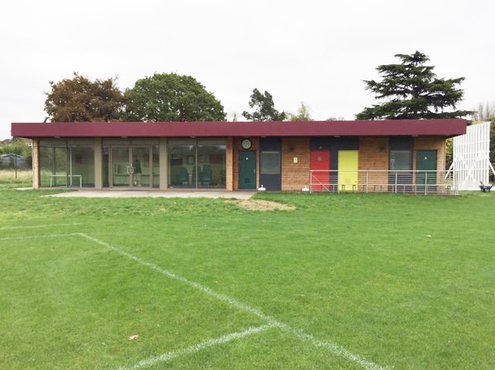
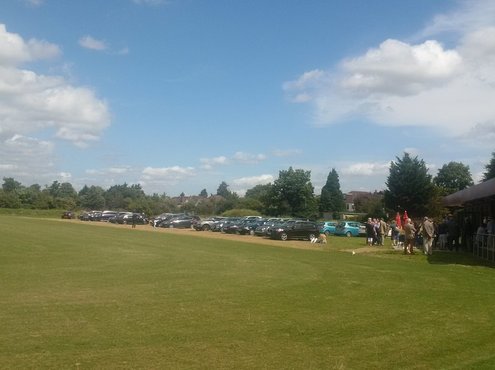
"Usually, you'll find there's an obvious way to do a job, which costs a lot, and a cleverer way, which achieves a similar effect for far less."
"So, the committee and the financiers have agreed to do it, in principle. It's just a case of choosing one of those price plans, and that fitting in with other plans for that year."
Another issue the pitch has had traditionally is its combination of a severe slope and its London clay base. Combined, these lead to water gathering at the southern end of the outfield.
The club is based on Hanger Hill, which refers not to the feeling of being 'so hungry that you're angry', or even a history of lethal punishment.
Rather, it is derived from the Old English word 'hangra', meaning 'wooded slope'. And it is a real slope - the southern edge of Ealing's ground is around 4'6" lower than its opposite.
Ollie said: "You don't notice it from here, really. But it is quite dramatic when you're playing out there, or when you're stood in the water at the bottom!"
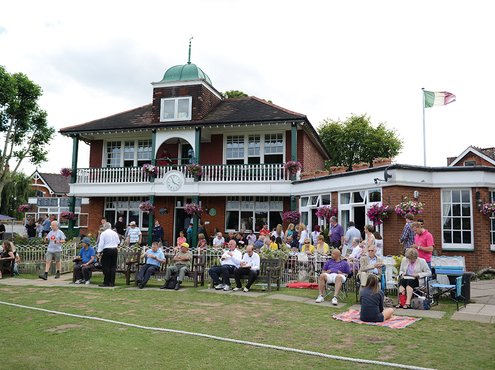
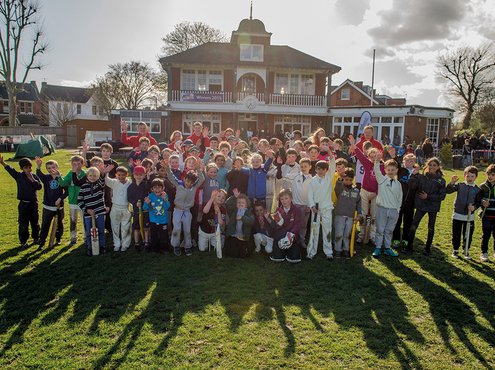
And Gareth noted: "Look up at the top of the pitch. Do you see those sight screens? They look a bit taller than regular ones, because they are. We had to have them specially built to compensate for the lie of the land."
"Next to that, you'll see the nets, of which there are five. We spent a long time filling that in with rubber crumb, but have phased that out due to the ongoing controversy surrounding its safety."
"They don't need to worry about that water that drains away. Thankfully, though the bottom end does, we have drainage in place just in that area."
"There are about five or six of the herringbone patterns down there. We hosted British Universities cricket a few years ago, and it was a wash-out."
"After that, we had some trenching work done, just some narrow lips in which we put Lytag banding, to join up with the existing drainage. It does still sit wet out there, but we haven't had that problem since, even during the heavy rain at the end of 2015."
"We consider ourselves, though, quite lucky, because of the topography of the area. What tends to happen is that we can see the weather fronts approaching from behind the pavilion."
Ollie added: "Then, people who aren't experienced with the way the weather works here will say, 'looks like we should head inside so we don't get soaked'. And we are thinking, 'well… don't be so sure'".

Gareth continued: "Because we're in a dip, the clouds tend to split just as they approach us, head off to both the north and south, then rejoin when they meet again over to the east. It's quite bizarre, but we miss a lot of the rain for that reason."
"Quite often, we'll bet each other on whether the rain's going to affect us. We'll lose the occasional pint because we stayed dry or vice versa."
The square consists of a substantial twenty pitches, which are usually irrigated statically, although the sprinkler moves, because they always need to keep some of the pitches functional.
To the west of that, where the airflow is poorer than the rest of the pitch, they rarely need to do so. Over there also, the nutrients meant for the grass are swallowed up by the other plant life lining the ground.
That area suffers from, in Gareth's words, "chronic compaction", and the team have verti-drained, Earthquaked, Shockwaved, topdressed with sand, but these are all futile to an extent, as those circumstances represent shallow maximum root growth.
They use a John Deere 3225C outfield mower, and take it to 25mm during winter, and 15mm during the season. The square is 10mm when played on, and the pitches might be 5mm for matches.
It is a batsman's pitch, on which Ollie opens the batting weekly. He said: "Historically, it's been a spinner's club, and we've left lots of grass on it."
"We get a lot of people coming to the pitch and saying it looks a bit too green, but the reality is that, on pitches like this, greener can actually mean a more interesting game, because at least it'll have a bit of zip, pace and bounce in it."
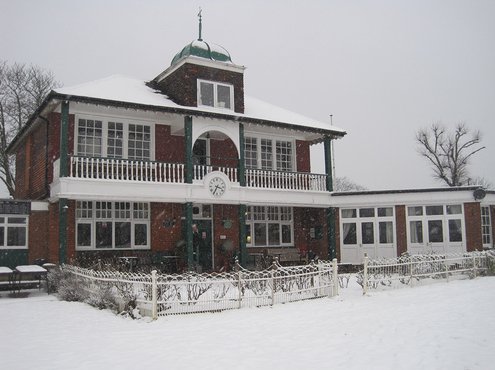
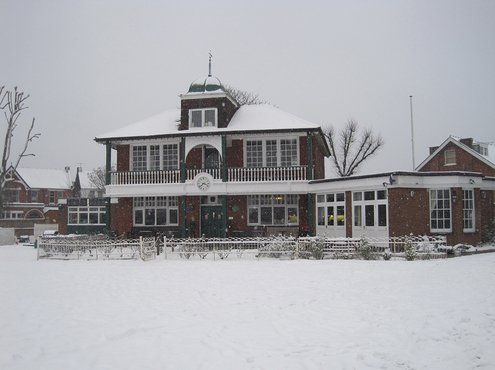
"Since our great spinners left, we plan it for the batsmen instead. If we cut it low, there'll be nothing in it. We'd have 350 plays 320 out there in a 50-over game."
"If we leave grass, though, you can do a bit with the seam as well. Overall though, it remains a batsman's pitch, and that comes back to the criticism we talked about earlier, that all the amateur pitches in our country tend to have similar characteristics."
"That's because, at least at local league level, you don't get the seamers that have that extra yard of pace to get anything out of the conditions with which we're faced."
"And, as we said at the beginning, it's such an old square. You have to work that extra bit harder to get something out of that type of pitch."
"That's why we'd like the renovation, and the character of the pitch would probably change completely when we have had it relaid."



